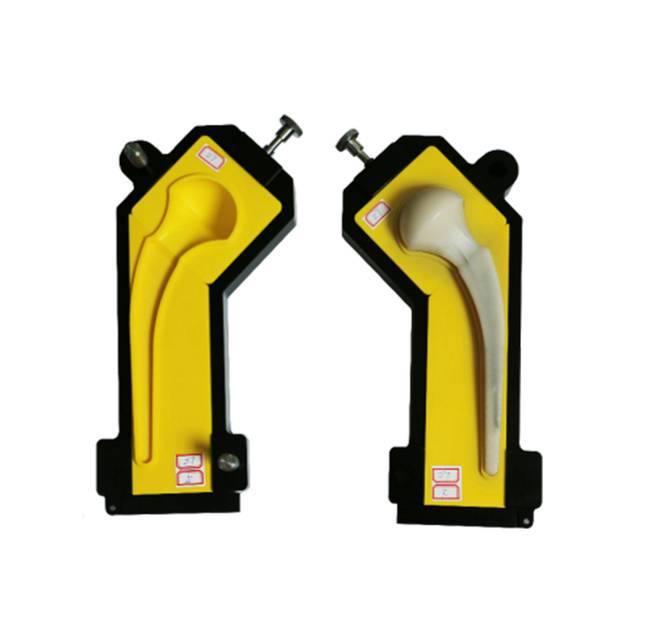Rehabilitation after Hip Arthroplasty
 Jan. 21, 2021
Jan. 21, 2021
Hip arthroplasty (THA) is an orthopaedic procedure to re-establish the function of the hip joint, to completely treat the hip lesion, restore the anatomy of the joint, eliminate pain and restore the patient's walking function. However, in addition to the success of the operation, the function of the hip joint requires the support of the muscles, ligaments and nerves surrounding the hip joint, as well as the protection of the general condition.
This is why systematic rehabilitation after hip arthroplasty is so important. Early rehabilitation is an important part of ensuring and consolidating the results of surgery and promoting functional recovery, as well as enabling the patient to gain independent living skills.
Pre-operative assessment
This includes individual assessments of joint pain, joint mobility, deformity, upper and lower limb muscle strength, gait, limb length and imaging, as well as an assessment of the patient's general condition.
* Muscle strength of the upper and lower extremities: This can be assessed using freehand muscle strength assessment, particularly of the muscles around the joint, which is particularly important for the development of a rehabilitation programme.
* Joint mobility: To determine the presence of joint contracture deformities.
* Observation of gait to determine the type of gait and the presence or absence of a walking aid.
* Determination of the length of the limb on the operated side.
* X-rays to understand any deformity, hyperplasia, alignment and other imaging changes of the operated joint as an important surgical reference.

Pre-operative guidance
1. Provide pre-operative rehabilitation education to let patients understand the basic knowledge of the disease, the purpose and efficacy of surgery, complications, etc., which is important for post-operative rehabilitation and facilitates the adjustment of patients' psychological status.
2. Teach patients the correct postoperative position to adopt to prevent prosthesis dislocation and train bed defecation.
3. Teach patients to learn the correct method of deep breathing and coughing to prevent lung infection caused by postoperative bed rest.
4. Patients should be allowed to exercise the muscles around the hip joint and the quadriceps muscle as far as possible according to their individual condition before surgery, and be instructed on the methods of joint mobility training and muscle strength training to be applied after surgery.
5. Instruct patients how to use the necessary walking apparatus, crutches and other assistive devices to relatively shorten the time of post-operative rehabilitation training.
Post-operative assessment
Assessments can be made 1-2 days after surgery, 1 and 2 weeks after surgery (inpatients), and 1, 3 months and 6 months after surgery (outpatients) respectively.
1. Cardiac and pulmonary function in inpatients: In addition to observing general vital signs such as heart rate, blood pressure and respiration, it is important to understand the status of cardiac and respiratory function when bedridden and active.
2. Wound condition: any signs of infection such as local skin redness, swelling, heat, etc., and any exudation of wound healing.
3. Joint oedema: oedema caused by the soft tissues in or around the joints can be examined in different ways.
4. Joint pain: Within 2 days after surgery, the patient mainly feels post-operative wound pain, followed by post-activity pain due to the increase in functional activity training. The degree of pain can be scored by visual analogy.
Spacer Mouldset for R-THA Surgical technique
1.Mix cement,pour in the mix cement.
2.Put the keelin position, when cement begins to set,Assemble 2 parts (also with cement).
3.Put on the Pressizer,press for mould,wating for the cement.
4.Open the hip spacer mold,take out the spacer.













